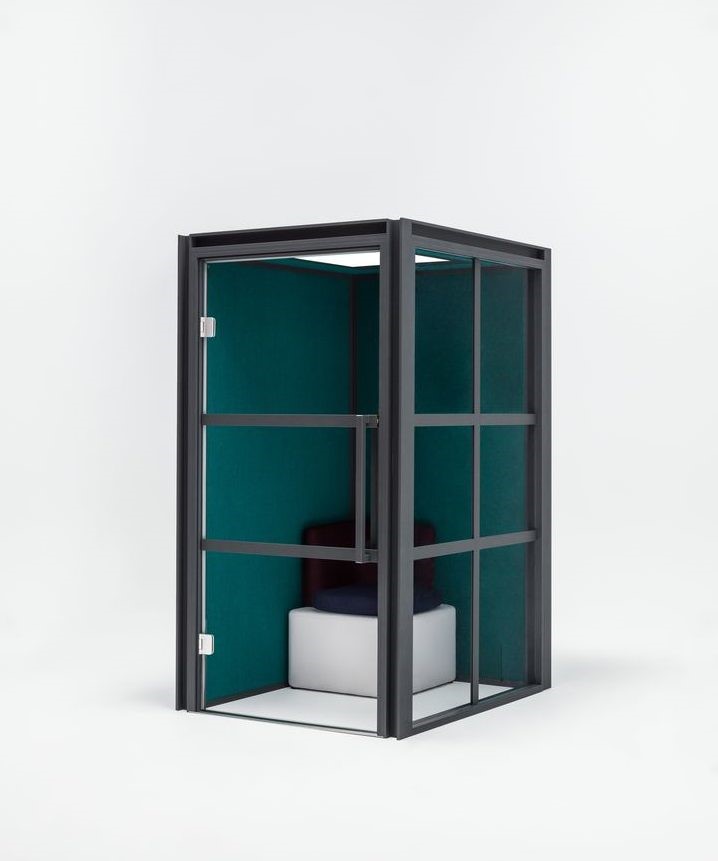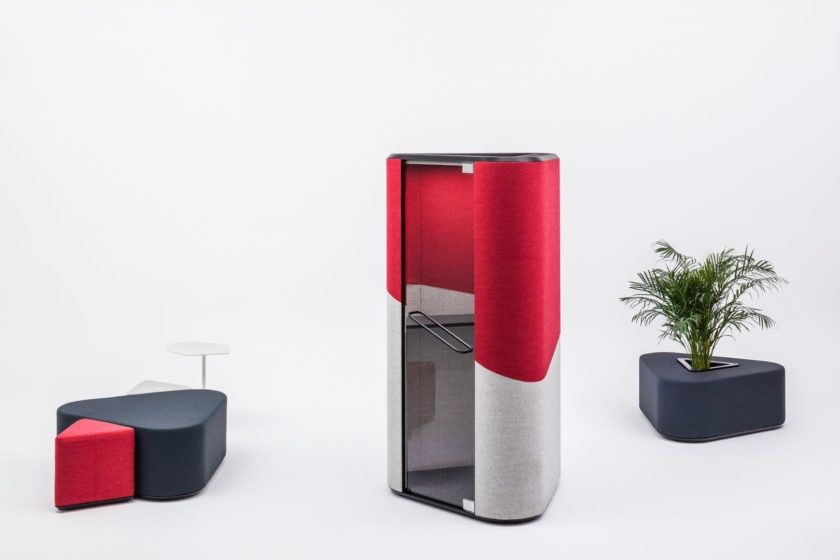Asian inspirations of Dymitr Malcew
Innovative, flexible and architectural- that’s how Dymitr Malcew describes the products he designed for MDD. Its creation is a consequence of a multi-stage process where inspirations come from various sources and merge into a common, user focused trend.
The idea
Singapore, a place where the designer lives, is the essence of Asian dynamics. At the crossroads of cultures there is a society that focuses on development, technology and future. Fast pace is a characteristic feature of every aspect of life, both in professional and private spheres. Divisions slowly blur, which is reflected in architecture and investment. “Boundaries between work, home and hotel vanish- explains Dymitr- Newly built hotels that I work on are nearly always based on coworking or co-living, and reception spaces or lobbies are vibrant and smoothly transform into public urban spaces”.
High cost of Asian real estate and high density of buildings limit the space dedicated to offices and hotels. Therefore, a global trend which is intensified in Asia was created. It entails creating team work spaces, meeting zones and focus spaces instead of typical workstations assigned to individual employees.
Dymitr Malcew travels a lot around Asia, draws inspiration from various sources: from dynamic business centres in Hong Kong and Jakarta to Japanese stone gardens. The newest MDD collections: the Hana and the Hako acoustic pods as well as the Kaiva seat are a direct translation of these observations and inspirations.

In the aesthetic sphere the inspiration palette is wide. It is important that each project has its history and identity stepping outside the typical office design. To Dymitr Malcew it’s a dynamic process and the end product is not only a piece of furniture but also a strategy of action. Inspirations are confronted with reality during concepts creation and long conversations with recipients.
“I believe that the times of an isolated designer who perfects his/her work in a garage are long gone. All my products are answers to the needs I notice during my work and dialogue with clients. This is the only way to find out what is important to them”- explains the designer.
This strategy works particularly well in the process of creating acoustic booths.
“Products like that already exist on the market. During some of my projects I noticed that they are often placed somewhere in the middle of the office and not used too often. I conducted a survey and I found out that it is caused by ‘the aquarium effect’- using booths as a box that’s taken out of a context- says Dymitr. That’s how the concept of the Hana acoustic booth was born. Its form ensures more visual and artistic privacy and becomes a kind of an enclave in the office space”.

Evolution is an inseparable element of Malcew’s philosophy: the framework applicable from the beginning includes strategy, form and function- and most of all- the idea which becomes the backbone of the project. These factors are the basis of a project and never change. “I then reduce elements rather than add. I remove the unnecessary and leave only the essence. I don’t like redesigned or exaggerated products- says the designer. The furniture, in this concept, becomes a form of communication that has to be clear and not interfere with the interaction between the user and the object.
The style of work and the above guidelines are the basis of cooperation between Dymitr Malcew and the MDD team. During its relationship various materials and technical solutions were tested, details were discussed and prototypes trialled. That is the most interesting stage of the process, to see how the visions of the creation team become reality. Communication and cooperation allow us to create the end product in line with the original idea. The technical and the implementation stage of the creation process is the most difficult, yet the most fascinating steps of the process.
The product
All projects by Dymitr Malcew are somehow anthropocentric.
The acoustic booths aren’t (unlike other products on the market) isolated boxes. They allow you to design office zones with multiple functions. They are supposed to attract people and create places, just like public buildings create urban spaces. The Hana and the Hako pods are different in form, which affect their purpose. Each one of them is a response to a specific problem: lack of privacy or a deficit of space dedicated to team work.

Kaiva also builds acoustic spaces, but on a smaller scale. Dymitr Malcew’s goal wasn’t to create just another sofa as there wouldn’t be much point. The distinctive feature of the system is the possibility of creating meeting places, discussions and cooperation without building physical walls. Side and back panels are integrated with the seat which ensures acoustic comfort and its modular construction allows us to create any layout and change the way you use your furniture: for individual laptop work or brainstorming sessions.

How do people experience space? how do they behave in particular situations? What do they need? How do office fit out stimulate a team-spirit? At the heart of Dymitr Malcew’s projects is the answer to these type of questions and eliminating everything unnecessary.
Polish version: http://www.outsourcingportal.eu/pl/azjatyckie-inspiracje-dymitra-malcewa






